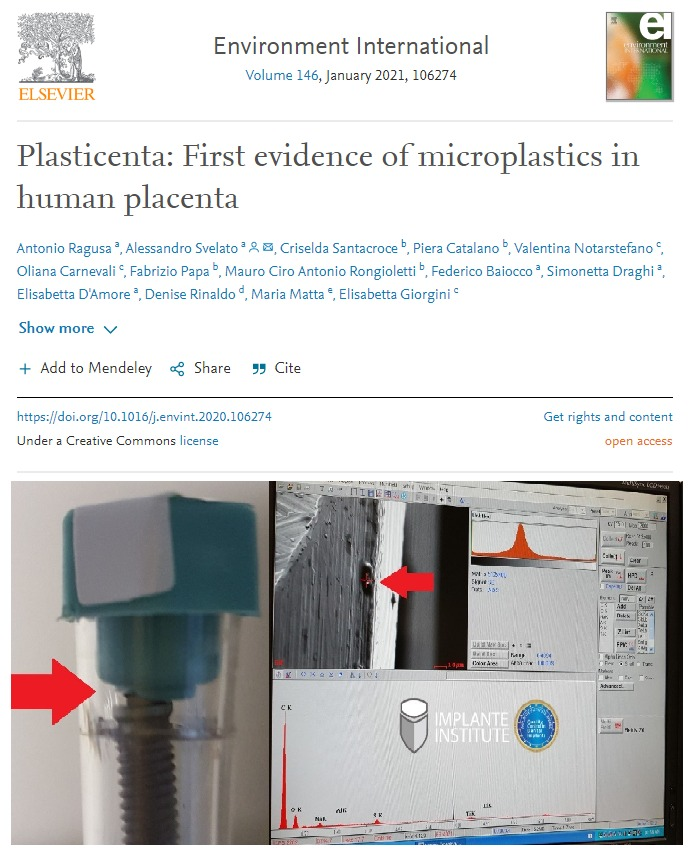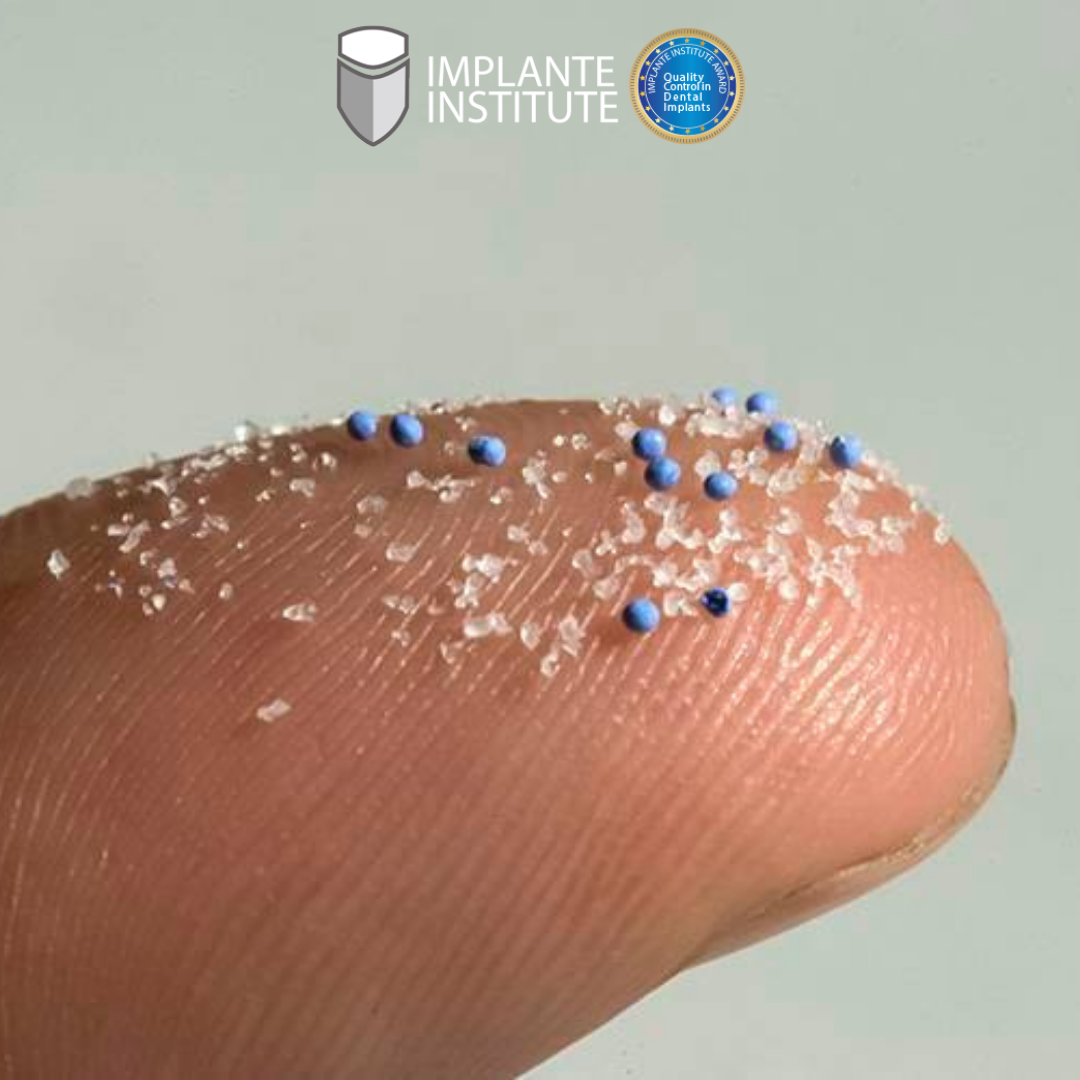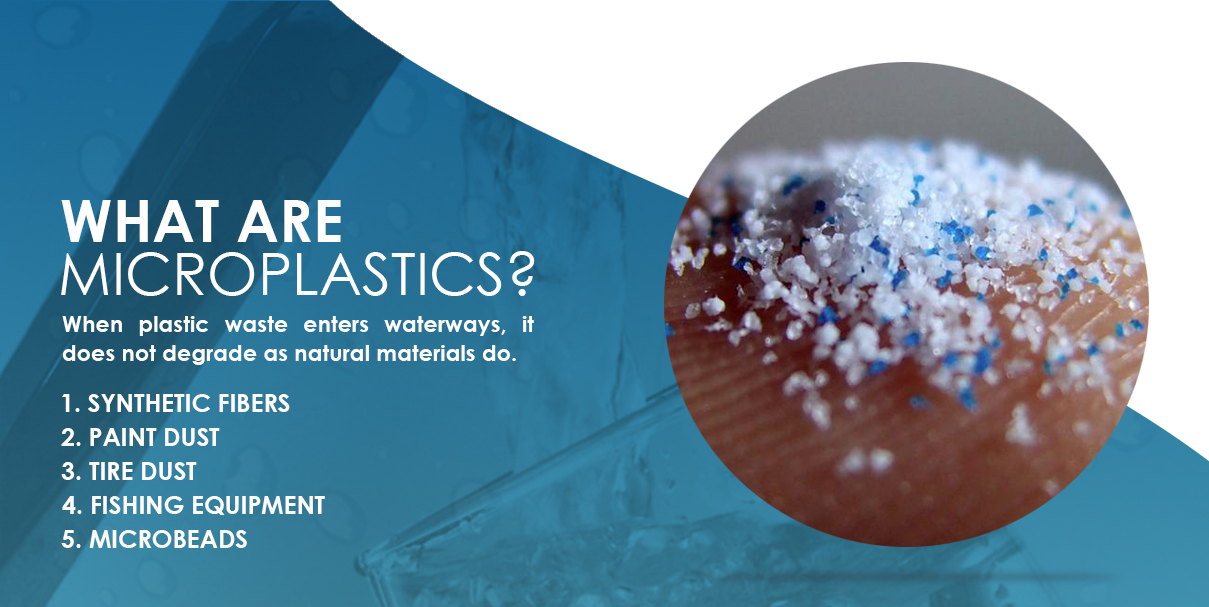Infants have more microplastics in their feces than adults, study finds
Link: https://phys.org/news/2021-09-infants-microplastics-feces-adults.html
Have you ever stopped to see that everything made for kids is made of plastic?
It turns out that plastic breaks down into microplastic that can be inhaled, ingested, and these microplastics contaminate everything in its atmosphere, from the human body (even placenta) to dental implants.
Dental implants that touch the plastic packaging are contaminated with microplastics.

Link Placenta with plastic: https://www.implante.institute/blog/plasticenta-first-evidence-of-microplastics-in-human-placenta/676

Microplastics: tiny plastic pieces less than 5 mm in size are everywhere, from indoor dust to food to bottled water. So it's not surprising that scientists have detected these particles in the feces of people and pets. Now, in a small pilot study, researchers reporting in ACS' Environmental Science & Technology Letters discovered that infants have higher amounts of one type of microplastic in their stool than adults.
Health effects, if any, are uncertain.

Little is known about the magnitude of human exposure to microplastics or their health effects. Although microplastics were once thought to pass harmlessly through the gastrointestinal tract and exit the body, recent studies suggest that the tiniest pieces can cross cell membranes and enter the circulation. In cells and laboratory animals, microplastic exposure can cause cell death, inflammation and metabolic disorders. Kurunthachalam Kannan at the New York University School of Medicine and colleagues wanted to assess human exposure to two common microplastics—polyethylene terephthalate (PET) and polycarbonate (PC)—by measuring levels in infant and adult feces.

The researchers used mass spectrometry to determine the concentrations of PET and PC microplastics in six infant and 10 adult feces samples collected from New York state, as well as in three samples of meconium (a newborn infant's first stool). All samples contained at least one type of microplastic. Although average levels of fecal PC microplastics were similar between adults and infants, infant stool contained, on average, more than 10 times higher PET concentrations than that of adults.
Infants could be exposed to higher levels of microplastics through their extensive use of products such as bottles, teethers and toys, the researchers say. However, they note that larger studies are needed to corroborate these findings.

Explore further
Estimating lifetime microplastic exposure
More information: Occurrence of Polyethylene Terephthalate and Polycarbonate Microplastics in Infant and Adult Feces, Environmental Science & Technology Letters (2021). pubs.acs.org/doi/abs/10.1021/acs.estlett.1c00559
Journal information: Environmental Science & Technology Letters
Provided by American Chemical Society
